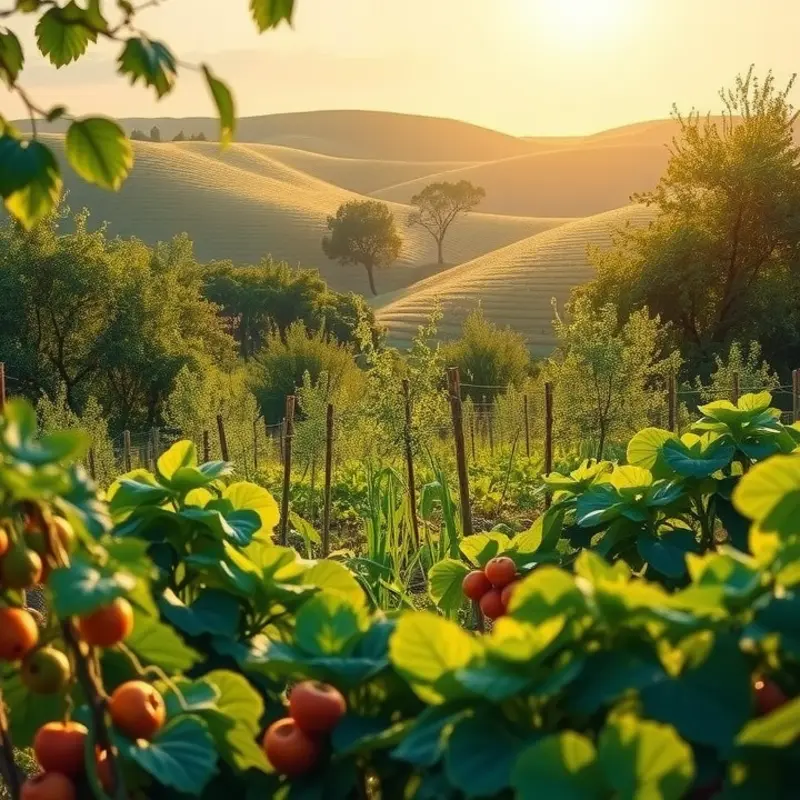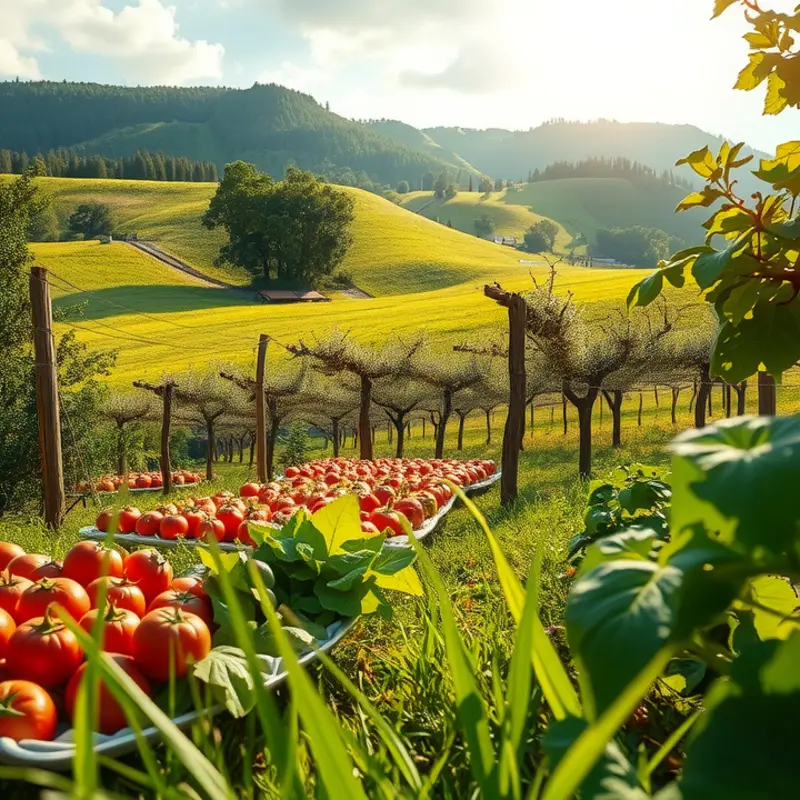Proper storage of vinegar is essential for maintaining its quality and flavor. Many home cooks overlook how to handle this versatile ingredient, leading to wasted products or diminished taste. By following straightforward storage techniques, you can ensure that your vinegar remains fresh for longer, minimizes waste, and enhances your culinary practices. Let’s explore the best storage methods and practices for vinegar.
Understanding Vinegar Types and Their Storage Needs

Vinegar is a versatile ingredient, but its proper storage is crucial for maintaining flavor and shelf life. Different vinegars, such as balsamic, apple cider, red wine, and white, require unique care owing to their specific compositions.
Balsamic Vinegar: Known for its rich sweetness, balsamic vinegar derives its complex flavors from grape must. Its natural acidity preserves it well, but exposure to light and air can degrade its nuanced flavors. Store balsamic vinegar in a cool, dark place, preferably in a dark glass bottle, to maintain its distinctive taste profile.
Apple Cider Vinegar: Celebrated for its health benefits, apple cider vinegar has a moderately high acetic acid content, making it resilient to spoilage. However, to retain its quality, store it at room temperature in a cool cupboard. Sealed glass bottles are optimal, as plastic can alter its taste over time.
Red Wine Vinegar: Produced through the fermentation of red wine, this vinegar boasts a fruity bite. While its acidity ensures a lengthy shelf life, it is prone to oxidation when exposed to air. Keep it in a tightly sealed bottle, away from heat sources, to preserve its vibrant flavors. Refrigeration can further extend its freshness if you’re not a frequent user.
White Vinegar: Often used for both culinary and cleaning purposes, white vinegar’s strong acetic acid content provides excellent stability. It withstands ambient temperatures and resists bacterial growth, making it relatively easy to store. Even so, a cool, dark location is ideal to maintain its potency.
Understanding the diverse types of vinegars and their storage requirements enhances culinary experiences and promotes efficient food management. Properly stored vinegar can maintain its flavor profile for years. For more tips on effective food management, check out meal efficiency hacks. This approach not only cuts waste but ensures you have the best ingredients for every dish.
Best Practices for Storing Vinegar: A Guide

To ensure your vinegar retains its distinctive freshness and flavor, following proper storage guidelines is essential. It all begins with using the right kind of container. Vinegar should be stored in airtight containers to minimize exposure to air. This not only preserves its acidity but also helps maintain its unique taste profile.
Placement in your kitchen is another crucial factor. Store vinegar in a cool, dark place, away from direct sunlight. Light can accelerate chemical reactions that degrade quality, so keeping it in a cupboard is ideal. You might consider the pantry or a kitchen cabinet as suitable locations, as these spots typically provide a stable environment.
Keeping your vinegar at the right temperature is equally important. Vinegar thrives in darker, cooler conditions, ideally below 20°C (68°F). It’s susceptible to temperature fluctuations, so avoid placing it near heat sources such as ovens or dishwashers. Moisture can also negatively impact its longevity, potentially introducing unwanted microbial growth.
The type of bottle you choose can significantly affect vinegar’s shelf life. Glass containers are preferable over plastic as they are non-reactive, which means they won’t alter the flavor or invite leaching. If you must use plastic, ensure it’s food-grade and replace it regularly to prevent any adverse reactions over time.
Implementing these strategies not only reduces waste but also enhances food management in your household. By maintaining the quality of your ingredients like vinegar, your culinary creations will benefit from the richest flavors. For more insights on food storage, consider exploring ways to manage refrigerator humidity and how it can further preserve your ingredients.
These thoughtful practices emphasize the art of storage, allowing you to savor the distinctive characteristics of vinegar for longer periods. By understanding these principles, you’ll effortlessly integrate them into your routine, ensuring every drop of vinegar in your kitchen remains as good as new.
Final words
Taking the time to understand and implement proper vinegar storage techniques can dramatically influence your culinary experience. By knowing the specifics of different types of vinegar and applying the best storage practices, you’ll reduce waste, save money, and always have flavorful ingredients on hand. Whether used in dressings, marinades, or cleaning solutions, vinegar can remain a staple in your kitchen when stored correctly. Consider this a step towards smarter food management and a more sustainable home.







